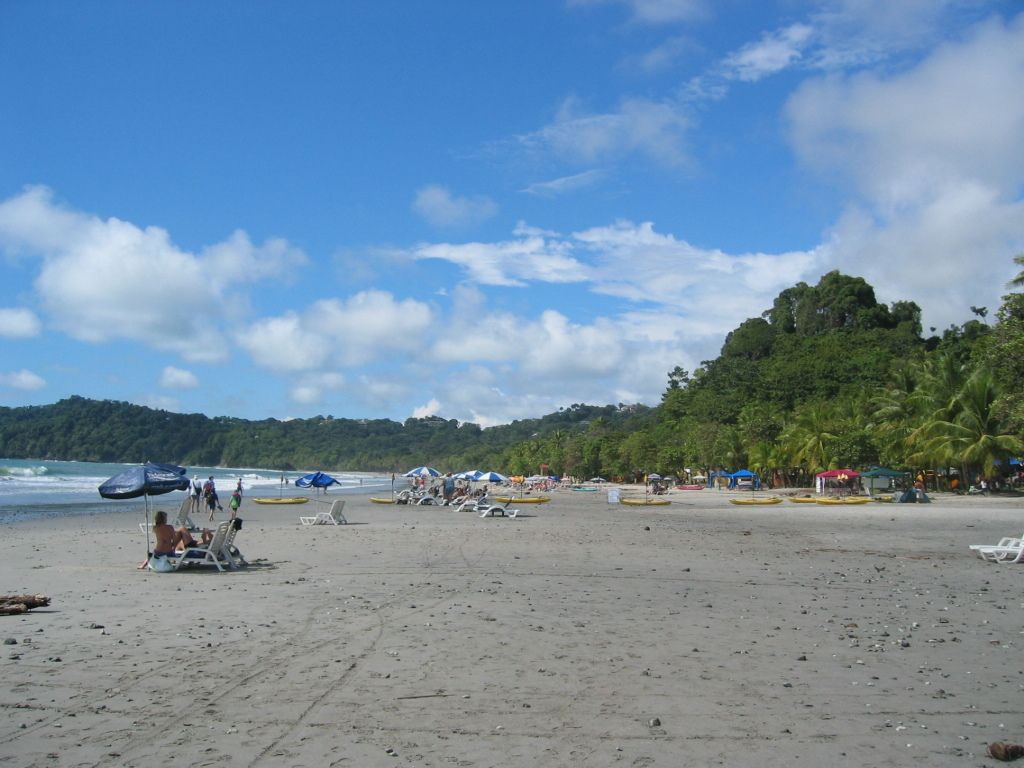Navigating the Skies: The Essential Guide to Minimum En-route Altitudes (MEA)
Designated Flight Level for Safe Air Travel (MEA)
Taking to the skies requires a keen sense of direction, and that's where Minimum En-route Altitudes (MEA) come in. MEA is the lowest flying altitude an aircraft can maintain while ensuring clearance from obstacles, receiving essential navigation signals, and remaining in compliance with airspace structures. Welcome aboard this airborne adventure as we explore everything you need to know about MEA and safe, efficient flight navigation!
What's En Route Flight?
En route flight refers to the portion of a journey after departure and before descent, where pilots travel along designated airways—think of them as sky highways. These routes are marked by navigational aids like VOR and GPS, enabling pilots to maintain specific altitudes.
The Magic of MEA
The Minimum En-route Altitude (MEA) is the altitude an aircraft needs to fly while en route to:
- Guarantee required obstacle clearance
- Ensure adequate signal reception from navigational equipment and air traffic control
- Comply with airspace structures
Transgressing the MEA is a perilous endeavor. Dropping below the MEA can lead to loss of signals or encountering terrain obstacles, which can be particularly hazardous in low-visibility conditions.
The MEA family
Minimum Safe Altitude (MSA)
MSA is the lowest altitude maintaining clearance over all obstacles within a 25 nautical mile radius, essential for emergency situations.
Minimum Obstruction Clearance Altitude (MOCA)
MOCA is the minimum altitude needed for obstacle clearance on a particular airway or route segment.
Minimum Reception Altitude (MRA)
Although not as common as MEA, MRA would refer to the altitude necessary for reliable reception of navigation signals.
MEA vs. MRA
While MEA and MRA share the aspect of signal reception, MEA offers a broader safety umbrella, encompassing obstacle clearance and complying with airspace structures.
Overcoming Challenges
Flying en route calls for overcoming various obstacles, including changing terrain, inclement weather, and turbulence. Navigating mountainous regions necessitates a higher MEA to allow for safe clearance, while in remote areas, GPS systems come to the rescue.
Modern Navigation Technologies
The age of modern technology has simplified en route flight navigation. Automatic Dependent Surveillance-Broadcast (ADS-B) and satellite systems have transformed how pilots and air traffic controllers connect. GNSS offers global coverage to track aircraft, reducing the dependency on ground-based navigational aids. The future beckons with increasing precision and reliability.
In conclusion, understanding Minimum En-route Altitudes (MEA) is indispensable in aviation for safe and efficient flight operations. MEA ensures continuous communication, navigation, and obstacle avoidance. Embrace the modern technologies that are reshaping the skies, promising a safer, smoother, and more interconnected world of flight. Navigation has never been so exciting!
References
- Federal Aviation Administration (FAA). "Aeronautical Information Manual (AIM)." FAA.gov
- International Civil Aviation Organization (ICAO). "Navigation in Aviation." ICAO.int
- Jeppesen. "En Route Flight and Altitudes." Jeppesen.com
Gadgets like smartphones and data-and-cloud-computing technology have significantly improved en route flight navigation. For instance, real-time weather updates and 3D terrain maps can be accessed on smartphones, facilitating early identification of potential challenges and adjustment of Minimum En-route Altitudes (MEA) when necessary. Furthermore, advancements in modern navigation technologies, such as Automatic Dependent Surveillance-Broadcast (ADS-B) and satellite systems, have revolutionized the way pilots and air traffic controllers collaborate, leading to a safer and more efficient air travel environment.








